Morphing Blades Design_Active Flow Control
The study of morphing blades technology is a novel way of implementation in VAWT to get high aerodynamic performance.
Due to the angle of attack of blade continuously changing by the rotation of the turbine, morphing wing technology helps to increase the energy harvesting capability of the turbine and decrease the Aerodynamic loss.
In this design the first and third segment of the blade are pivoted to the middle segment in specified locations as depicted in Figure 1.
These two segments will be actuated by a novel designed complaint structure mechanism.
The actuation mechanism is designed to minimize the applied effort by the actuator and maximize the stiffness with considering the external loading.
Dimensions:
Rotor Diameter(m) | 0.85 |
Rotor Tall (m) | 1.0 |
Swept Area (m2) | 0.85 |
Overall Height | 3.219 |
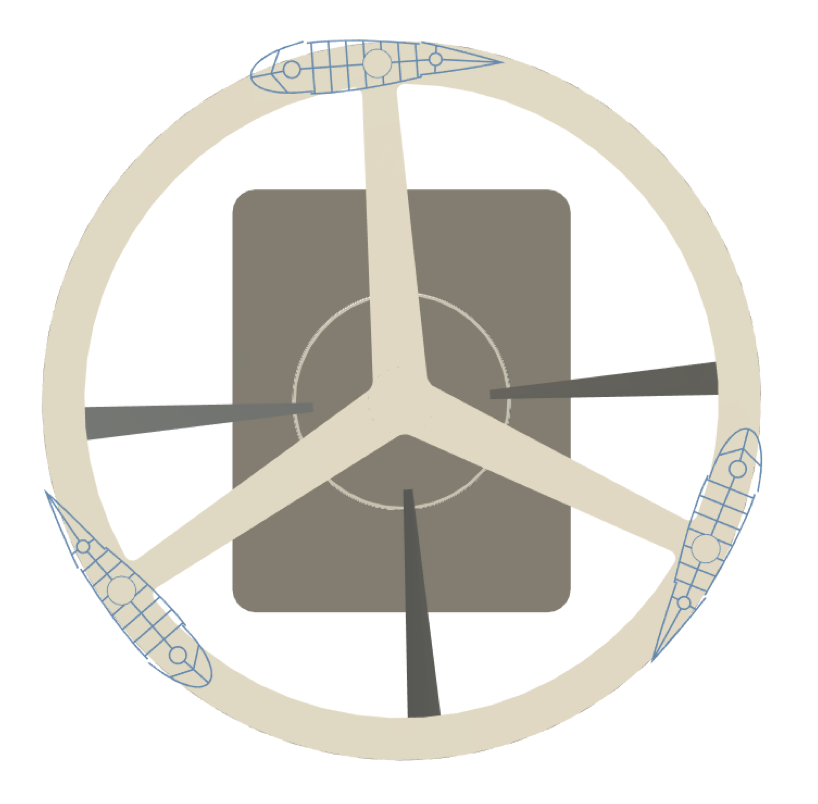
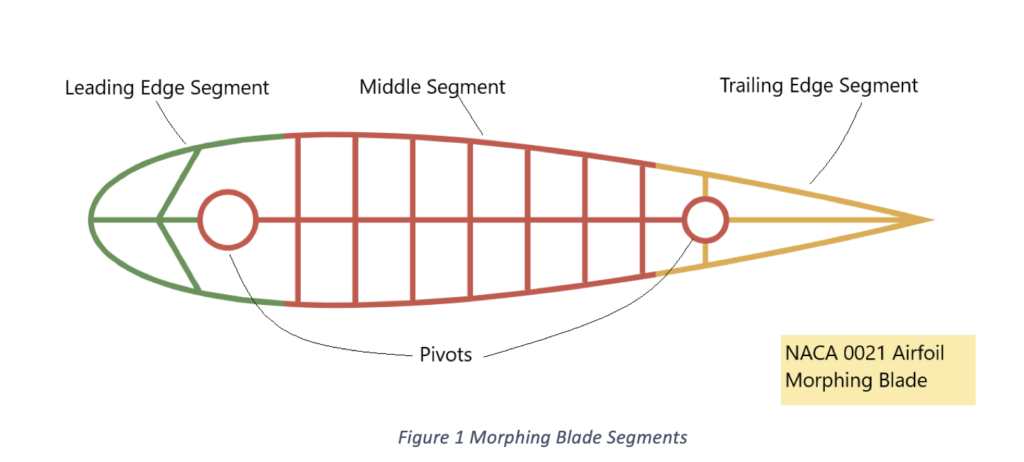
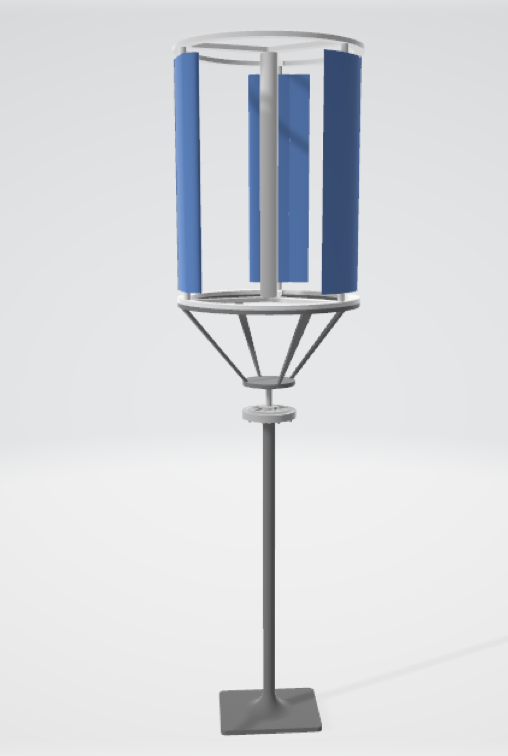
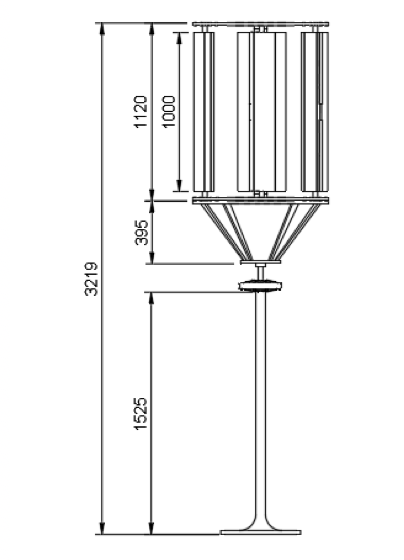
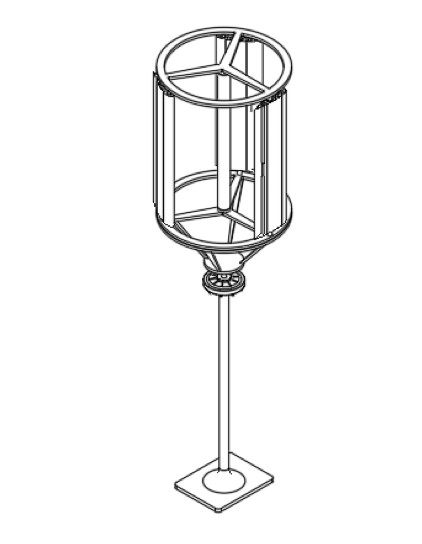
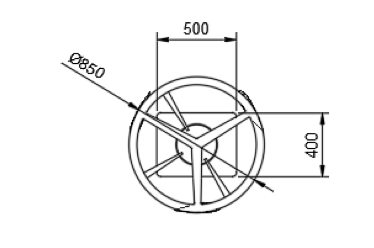
Expected Performance:
Currently, morphing wing technology receiving a significant interest from the wind turbine community. Many research projects delivered in the aerospace industry related to morphing wing as described in review paper [1]. The Authors in paper #1 mentioned that: “Wittmann et al. (2009) postulated that 74% increase in lift coefficient could be achieved by maximizing wing area and camber”. In the wind turbine area, many numerical and experimental studies demonstrated the benefits of blade morphing. Keeping in mind cost, simplicity and safety factors, the next phase in the development of large wind turbines is the integration of these compliant structures into the blade design, ensuring a better energy capture while increasing the turbine lift [2].
References
- Barbarino S, Bilgen O, Ajaj RM, Friswell MI, Inman DJ. A Review of Morphing Aircraft. Journal of Intelligent Material Systems and Structures. 2011;22(9):823-877. doi:10.1177/1045389X11414084
- Lachenal, Xavier & Daynes, Stephen & Weaver, Paul. (2013). Review of morphing concepts and materials for wind turbine blade applications. Wind Energy. 16. 283-307. 10.1002/we.531.
